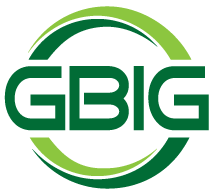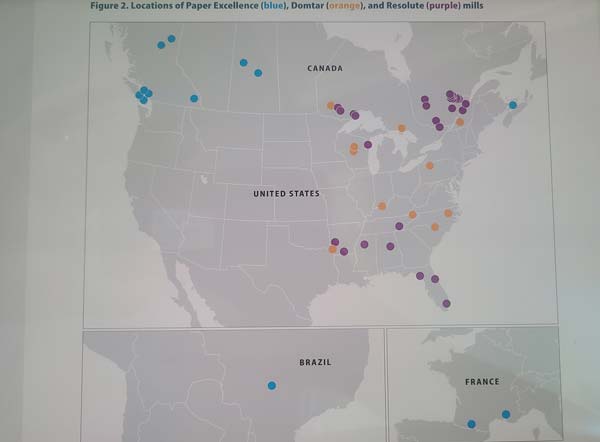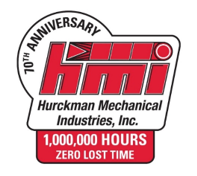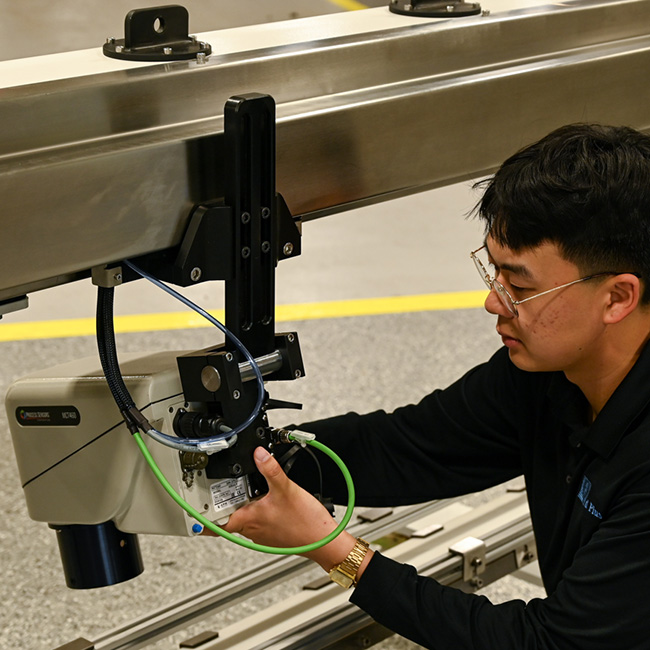
Helein joins a growing team focused on sustainable coatings, including Jeff Carew, who assumes the role of President, Vireo Coatings Business Unit. Additional leadership changes include the promotion of Martin Rothe to President, Converting Business Unit, and Brian Boulter to Corporate Administrative Manager, Converting Business Unit.
APPLETON, Wis. (June 29, 2023) – ProCon, a premier provider of converting, coating, and paper sales, welcomes Kelly L. Helein as the new Vice President of Business Development. Helein will help bring the latest innovaCon from ProCon, Vireo Coatings, to market.
With a proven track record of leading business development and sales function in multiple industries, including several global paper, packaging and coating companies, Helein brings a wealth of knowledge to drive ProCon’s continued success and growth in sustainable coatings.
She joins an expanded leadership team, including Jeff Carew, a ProCon operations leader and former senior vice president, who was recently promoted to President for the Vireo Coatings Business Unit.
“We are thrilled to have Kelly join our team as our new VP of Business Development,” said Carew. “Her deep industry knowledge and dynamic leadership style make her the ideal candidate to drive our company forward and help launch Vireo Coatings. We believe her addition will further strengthen our position in the market and enhance the value we provide to our clients.”
“I am honored to be part of the ProCon team and to have the opportunity to contribute to the company’s continued growth and success,” said Helein. “ProCon has a remarkable reputation for innovation and client satisfaction, and I look forward to collaborating with the talented professionals here to further elevate our capabilities and exceed customer expectations.”
Passionate about sustainability and the impact of packaging on the global network, Kelly champions change as a Board Member for the University of Maine Pulp and Paper Foundation, Smithers Pira Sustainability in Packaging (EU/US) and Specialty Papers (EU/US), Paper Hall of Fame Nomination Committee, and development committee for the Trout Museum of Art in Appleton, Wis. Helein is a graduate of University of Wisconsin-Madison where she obtained a Bachelor of Arts, International Relations/Foreign Policy.
ProCon recently made additional leadership changes, including the promotion of Martin Rothe to President for the Converting Business Unit and Brian Boulter to Corporate Administrative Manager, Converting Business Unit.
About ProCon:
Progressive Converting (ProCon) was founded in 1991 by an entrepreneurial group of printing professionals who shared a profound understanding of paper, printing, and the demands of mills. Today, ProCon is the largest independent paper converter by market share in the United States and the premier converting and logistics partner for the North American paper industry. With multiple locations and distribution throughout the nation, ProCon provides high-quality converting services and innovative solutions to merchants, commercial printers, and paper mills. The introduction of Vireo Coatings offers a plastic free barrier coating technology to meet consumer packaging sustainability initiatives. For more information, visit pro-con.net.
For media inquiries, please contact: Kelly Helein, 920-243-4272 ext 4272, khelein@pro-con.net













